Women are overrepresented among the poor. Inclusive businesses (IBs) are supposed to integrate the poor. So why has an independent survey of over 100 IBs found that just 13 of them specifically target women’s empowerment? And what can be done about it? Ahead of ADB’s Inclusive Business Forum in Manila, we share some insights drawn from the forthcoming report.
Hippocampus Learning Centres is by some measures a model inclusive business (IB); a commercial enterprise that integrates low-income people into its core operations as consumers, producers or employees. Moreover, Hippocampus is also a women-inclusive business; it has an explicit strategy to empower women. The company employs unqualified women from Indian villages and trains them to teach pre-school children and manage its learning centers. The company’s mentor system provides career advancement for women and continuously improves their skills as they learn from each other and expert trainers.
As a result, low-income consumers receive education hitherto reserved for the urban middle classes and low-income employees get a new source of income. Hippocampus, meanwhile, benefits from a low-cost workforce culturally attuned to caring for small children.
Sadly, our research, which we will present at the Asia Development Bank’s Inclusive Business Forum in Manila on February 17 and in a forthcoming report, shows that Hippocampus is an exception to the rule.
Missing women
Out of 104 inclusive business investments from Asia Development Bank, Inter-American Development Bank and International Finance Corporation investment portfolios, just 13 explicitly target women as beneficiaries. Three-quarters make no mention of women at all.
This is despite women being disproportionately afflicted by poverty, discrimination and exclusion, despite the international community’s high-level focus on empowering women, and despite evidence that business benefits from the inclusion of women.
We found that inclusive businesses do integrate and benefit women. However, this is generally by accident rather than by design. Either women are already an important part of the value chain, such as in agricultural production and garment manufacturing, or women represent a growth market, for example as clients of a hospital that focuses on reproductive health.
Yet women should be core constituents of inclusive businesses. So why aren’t they at the forefront of IB thinking?
Gender constraints in women-inclusive businesses
We identified four key constraints on women’s empowerment in IB: women’s multiple commitments, gender-based expectations, a lack of women’s rights and agency, and a lack of education and skills. If inclusive businesses do not factor in these constraints in their strategy, they risk missing out on the benefits – both for women and for business.
One good example of a company adapting to gender constraints is Pakistani agribusiness Engro Foods. It trained female dairy farmers to collect fresh milk from their communities in cooling canisters. This required women to travel to other villages by motorbike, a practice not well-tolerated in Pakistani society, where women are expected to stay at home and are not allowed to interact with men from other villages. Engro discovered that when the women converted to a family business model they could move around the villages with husbands, fathers or brothers, and their work was no longer considered unacceptable.
How to include more women
We reviewed the 13 inclusive businesses with explicit strategies to empower women. On the basis of this research, we make several recommendations that could help turn exceptions like Hippocampus into the rule:
- To companies: Ease the multiple-commitment-burden on women. Sri Lankan MAS Holdings offers on-site healthcare and childcare facilities to its female employees. Understand your target group. Life Spring hospitals understands its female customers’ needs in order to provide them with quality reproductive healthcare.
- To investors: Incorporate gender-sensitive indicators into investment screening.
- To policymakers: Set incentives for inclusive business and women’s empowerment. The government of the Philippines is working on an inclusive business accreditation scheme, which could include gender-specific indicators. Foster dialog and exchange of views and expertise.
- To development partners: Coordinate and strengthen the ecosystem. Act as financiers of small, innovative women-inclusive business.
- To knowledge agents: Integrate gender into your analyses. Develop assessment tools to help set standards in women-inclusive businesses.
- To everybody: let’s coordinate our actions!
We look forward to sharing more of our findings and taking the discussion forward in Manila on February 17!
This blogpost was authored by Isabel von Blomberg and is part of the Practitioner Hub’s series on inclusive businesses and the enabling ecosystem in Asia.
Picture © 2012 Sudipto Das, Courtesy of Photoshare


